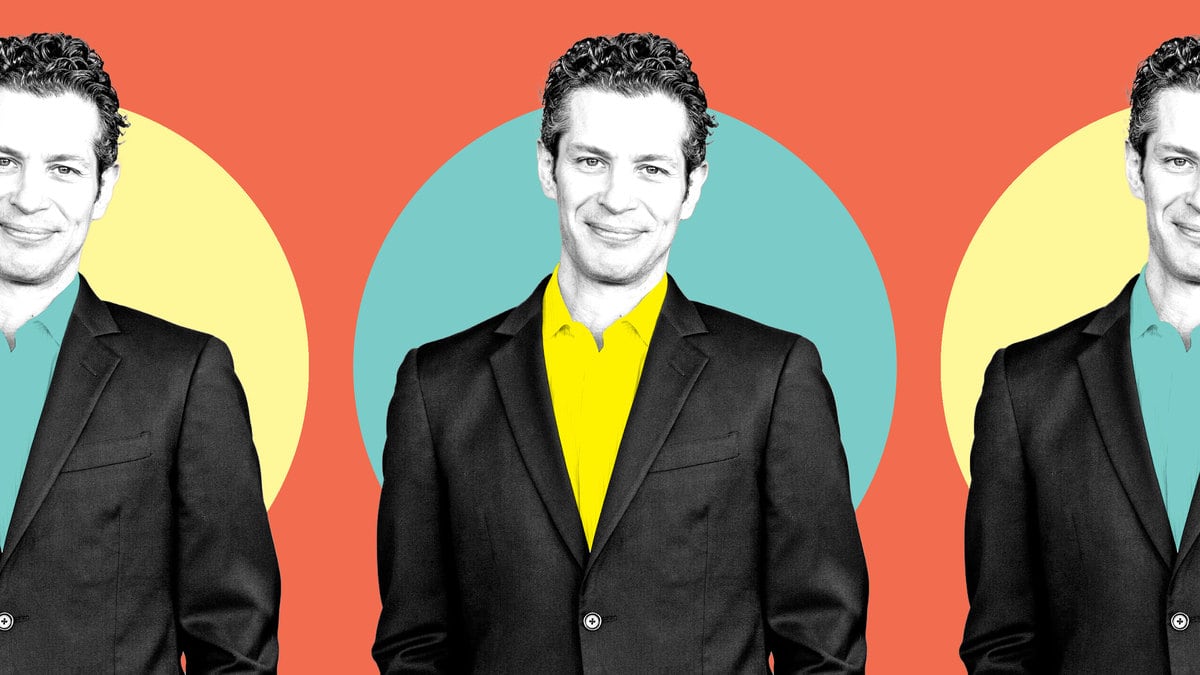‘We Were the Lucky Ones’: Thomas Kail on the Emotional Finale Episode
KLEENEX ALERT
Tony-winner Thomas Kail discusses the decades-long process of bringing the Hulu series to the screen and breaks down the heartbreaking and heartwarming finale episode.

Trending Now





